During a high-profile visit to Japan, former U.S. President Donald Trump announced that Toyota Motor Corporation would invest approximately $10 billion in new manufacturing plants in the United States—a headline-grabbing commitment that the automaker later described as inaccurately reported.
What Trump Announced
Speaking aboard a U.S. Navy ship in Tokyo Bay, Trump declared that Toyota had committed to build new U.S. auto plants to the tune of $10 billion. He encouraged American consumers with the message: “Go out and buy a Toyota.” The announcement came during a broader diplomatic engagement in which issues of trade, manufacturing and U.S.-Japan economic ties took centre stage.
Toyota Responds with Nuance
Toyota executives quickly pushed back on the precision of the claim. A senior Toyota official said the company did not explicitly promise a $10 billion investment in the U.S. during discussions with either the Japanese or U.S. governments. The executive noted that Toyota has already made investments in America of a similar magnitude during past years and will continue investing and creating jobs—but not under a fresh $10 billion pledge as stated.
The executive explained that the “$10 billion” figure likely emerged from earlier investment rounds and may have been misinterpreted as a new commitment. The chairman of Toyota also said he did not discuss a specific dollar figure with Trump at the event in question.
Why It Matters
- Manufacturing and Jobs: The statement touches on a central economic narrative: bringing manufacturing back to the U.S. and creating industrial-era jobs. A $10 billion commitment would be seen by many as a major economic victory.
- Diplomacy & Trade: The visit forms part of a larger U.S.–Japan push to strengthen economic cooperation at a time of global supply-chain pressures, rising geopolitical concerns, and regional rivalry.
- Credibility & Communication: The discrepancy between what was announced and what Toyota confirmed raises questions about how business commitments are communicated in political settings—and the risk of misinterpretation.
- Investor & Market Impact: For global auto markets and trade policy observers, large investment announcements signal where production might be headed, and where supply-chains may shift in response. The ambiguity here may produce uncertainty among industry watchers.
What to Monitor Next
- Whether Toyota provides a formal breakdown of future U.S. investments or specific plants, jobs, and timelines tied to new capital spending.
- How U.S. policymakers respond—particularly if they follow up with incentives, policy adjustments, or public statements clarifying the level of commitment.
- Market reactions from competitors and suppliers: if Toyota does move ahead with significant investment, it could prompt ripple effects in labour markets, supply-chain planning and auto-industry strategy.
- The impact on U.S.–Japan economic relations: will the two governments use this as a catalyst for broader agreements, or will the mismatch in communication cause friction?
Bottom Line
While the headline of a $10 billion Toyota investment in the United States has captured attention, the finer print reveals a more cautious reality. Toyota is continuing to invest in America, but the company hasn’t publicly endorsed the large figure claimed at the outset. For policy watchers, investors and workers, this episode underscores the importance of clarity in big corporate announcements—and the gap that can sometimes open up between political rhetoric and business commitments.

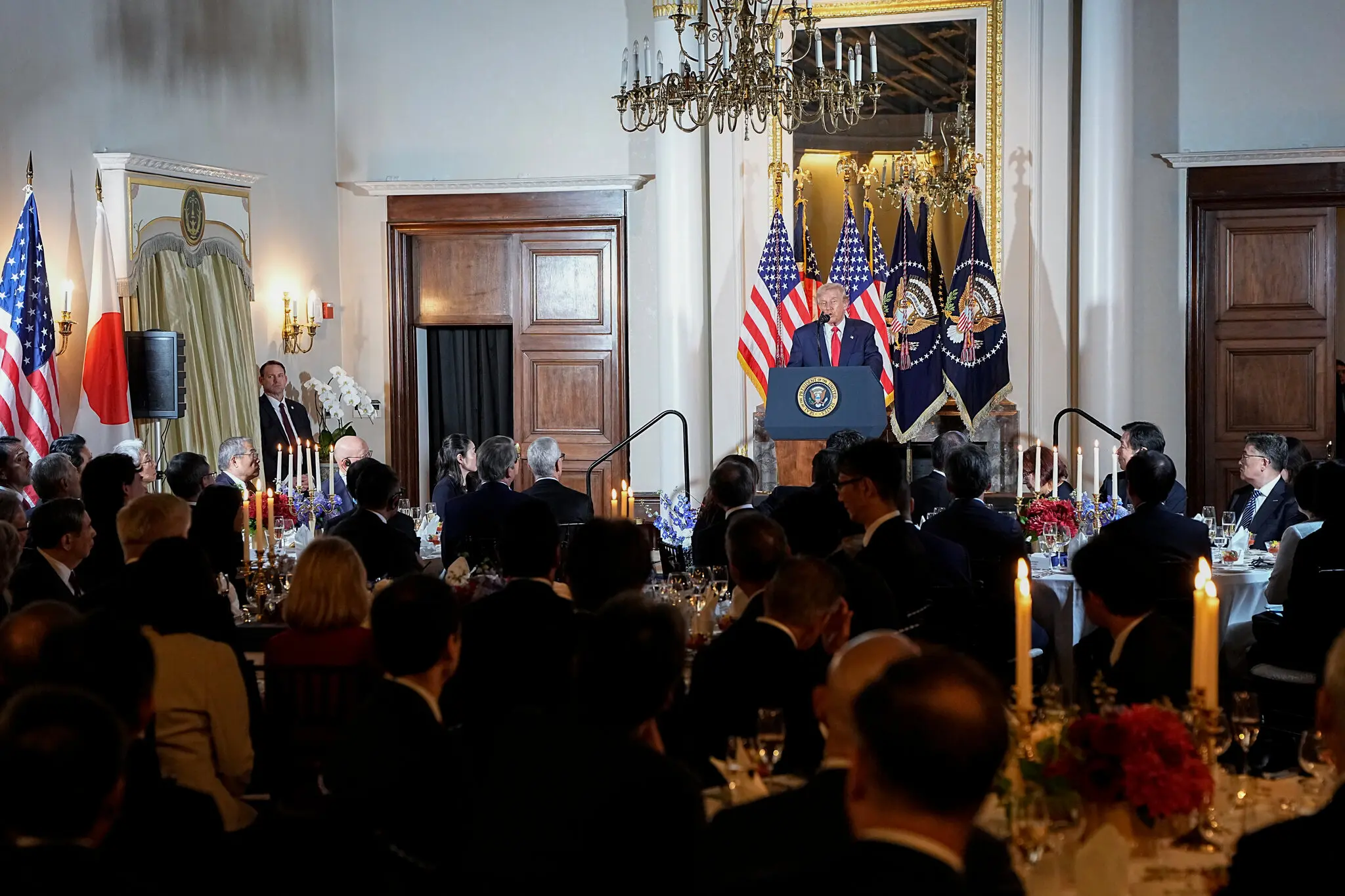

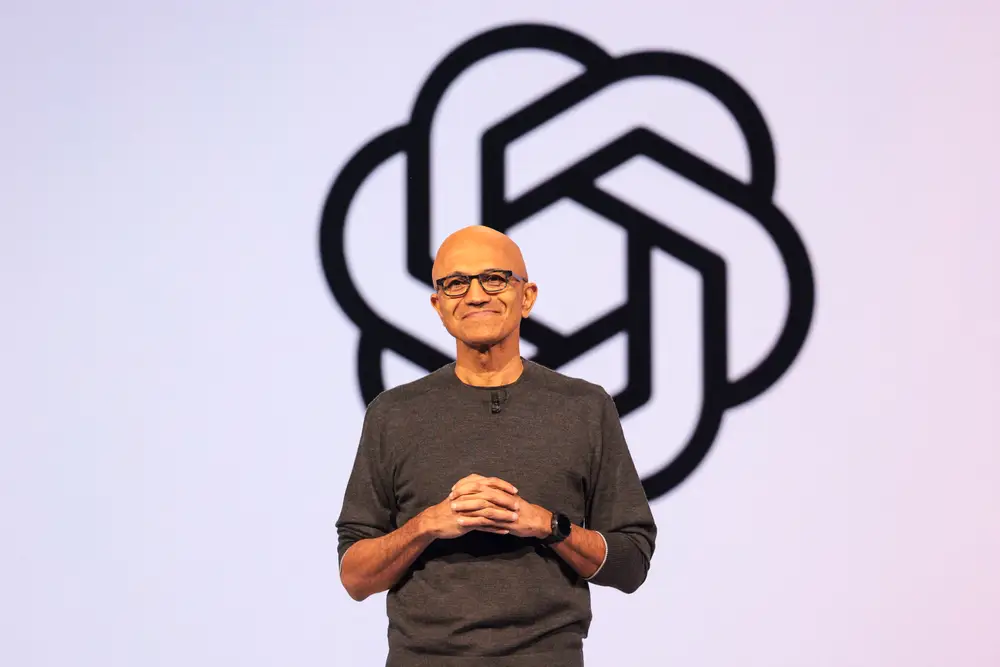
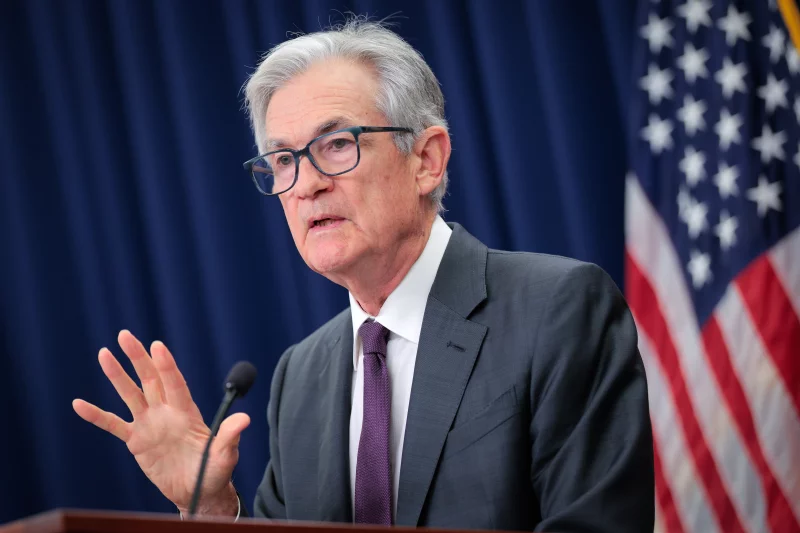
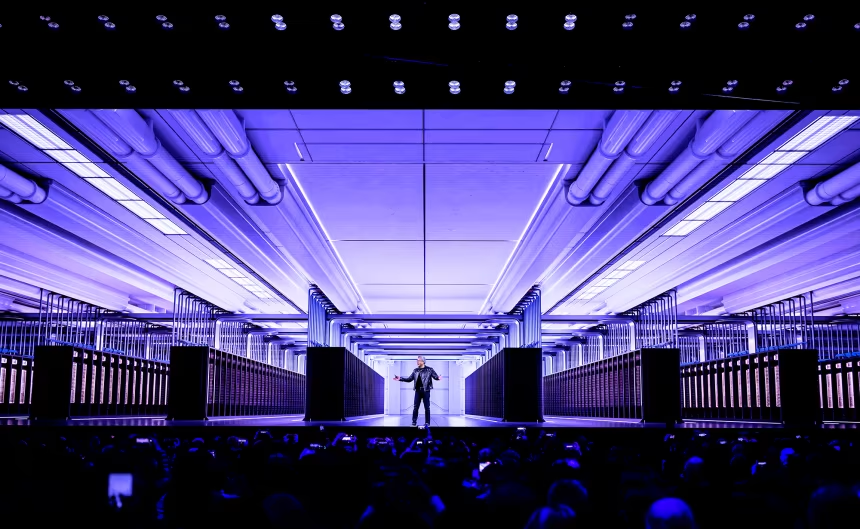
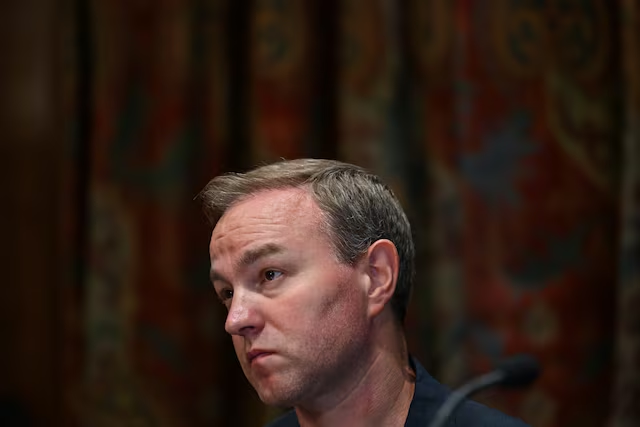
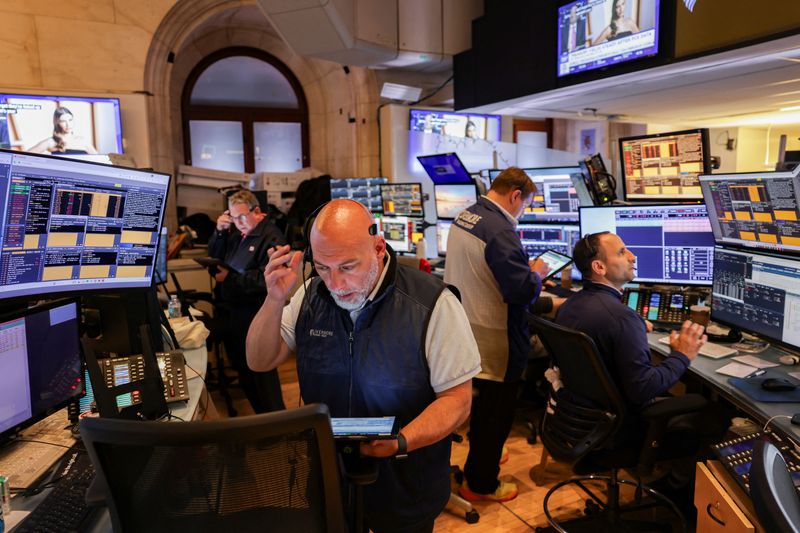
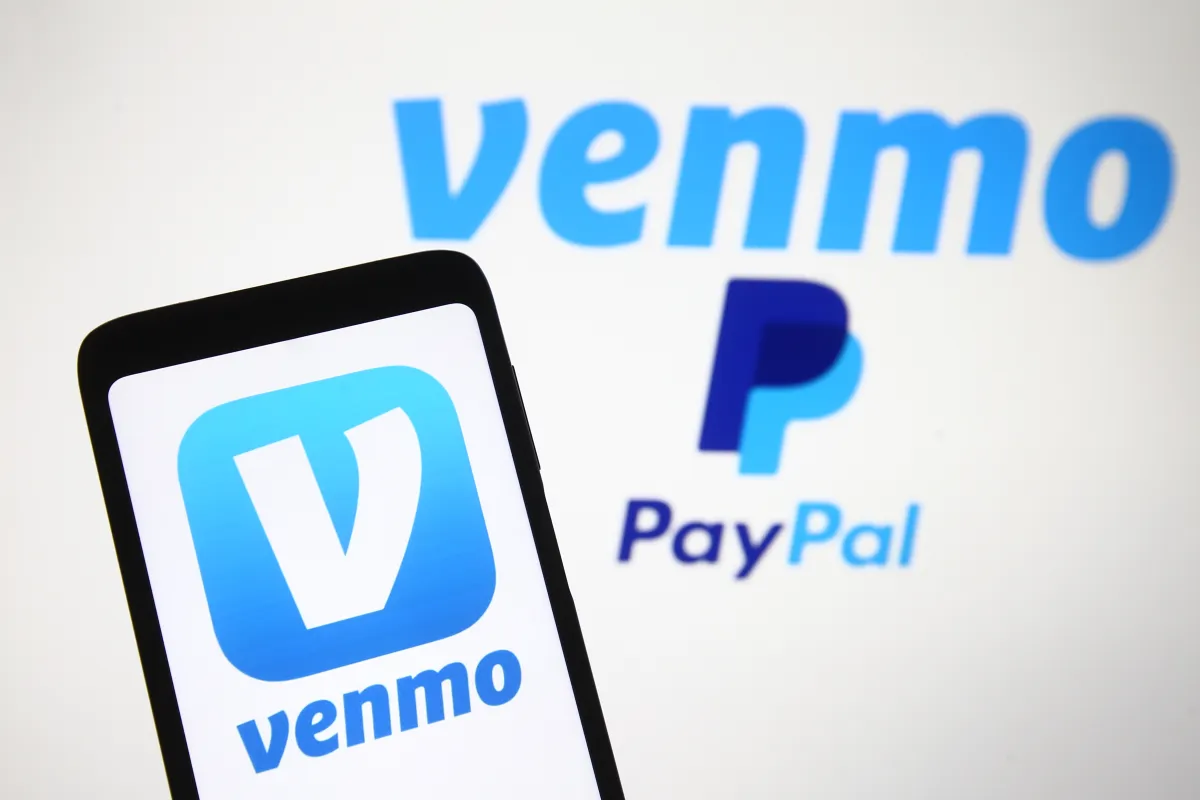
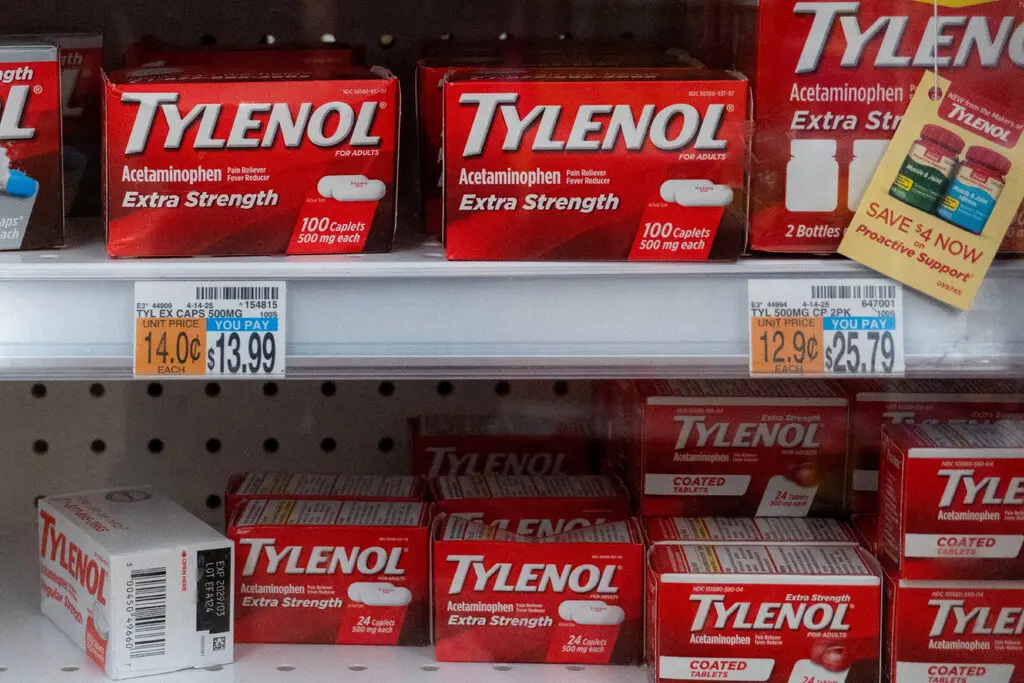
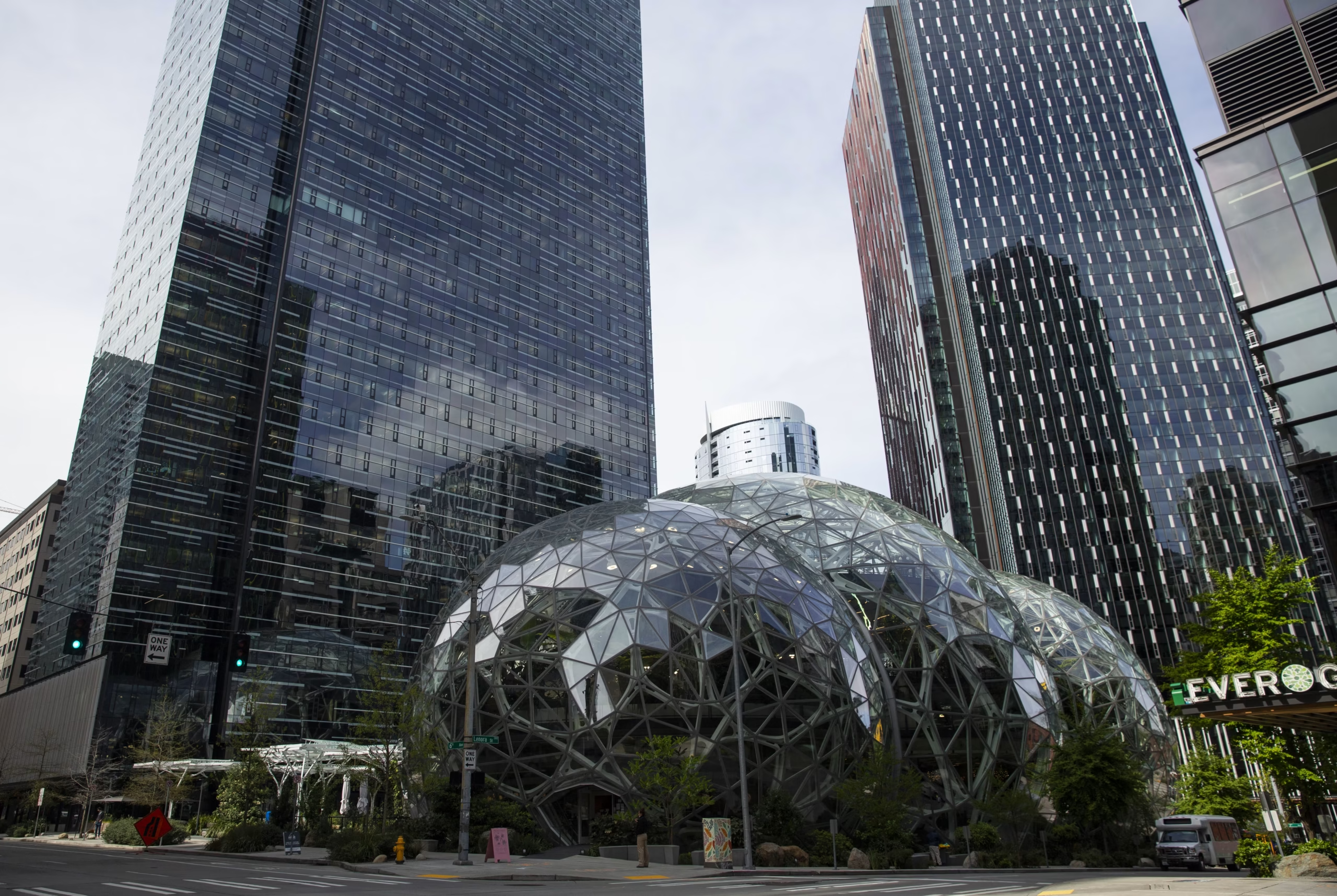

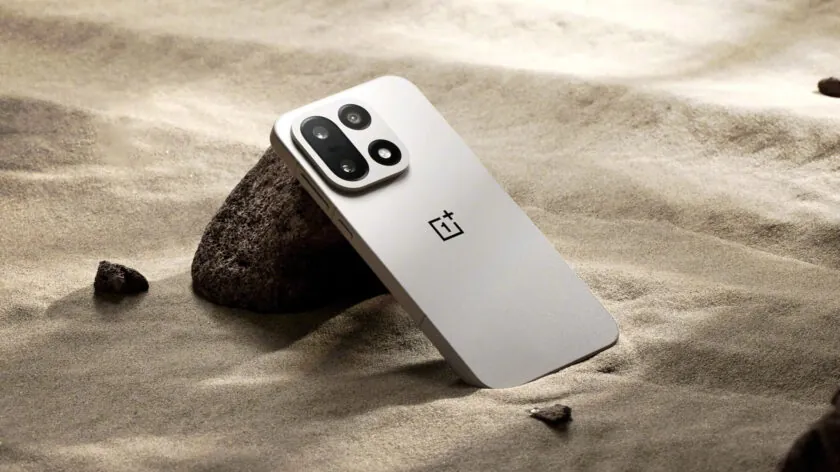

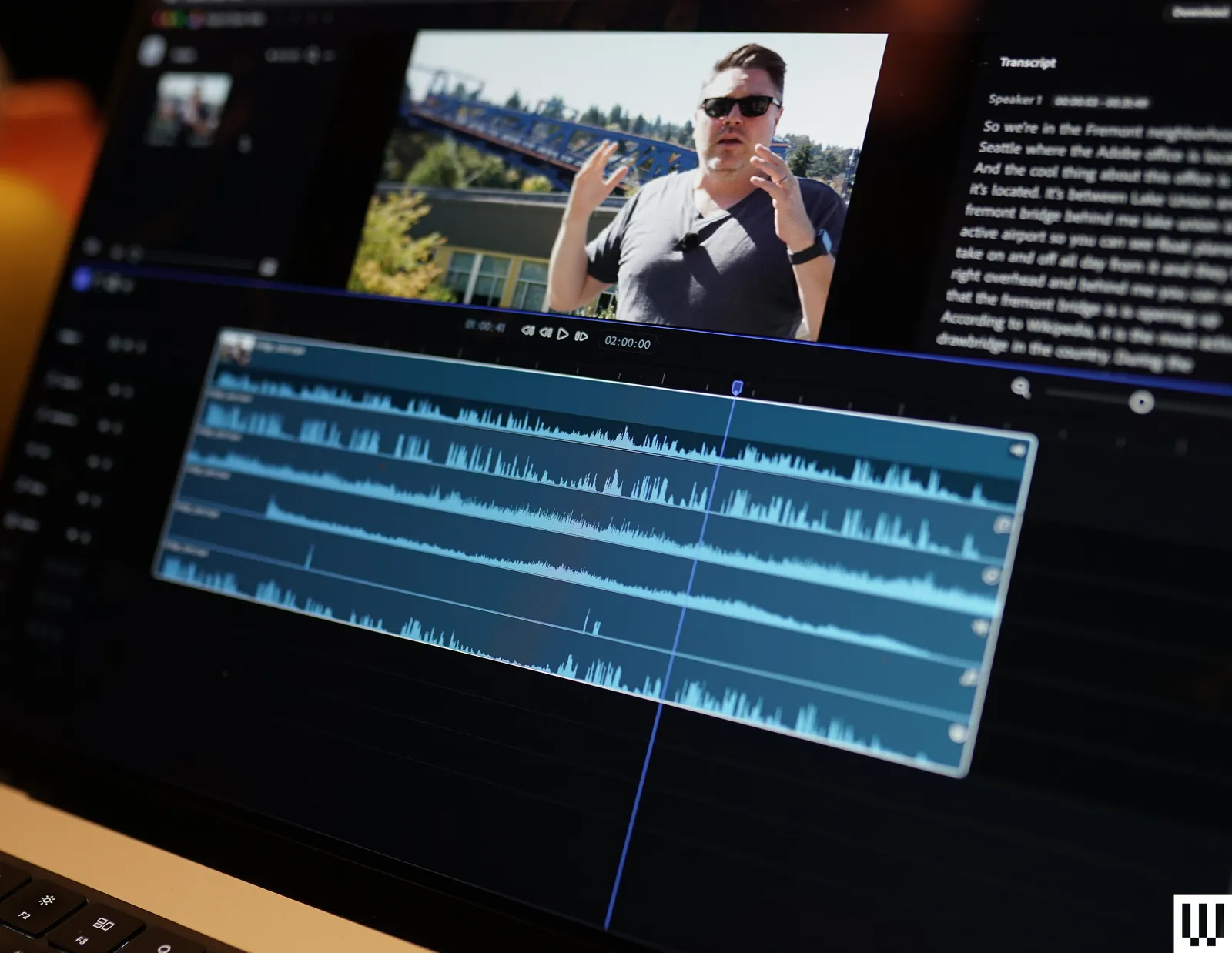
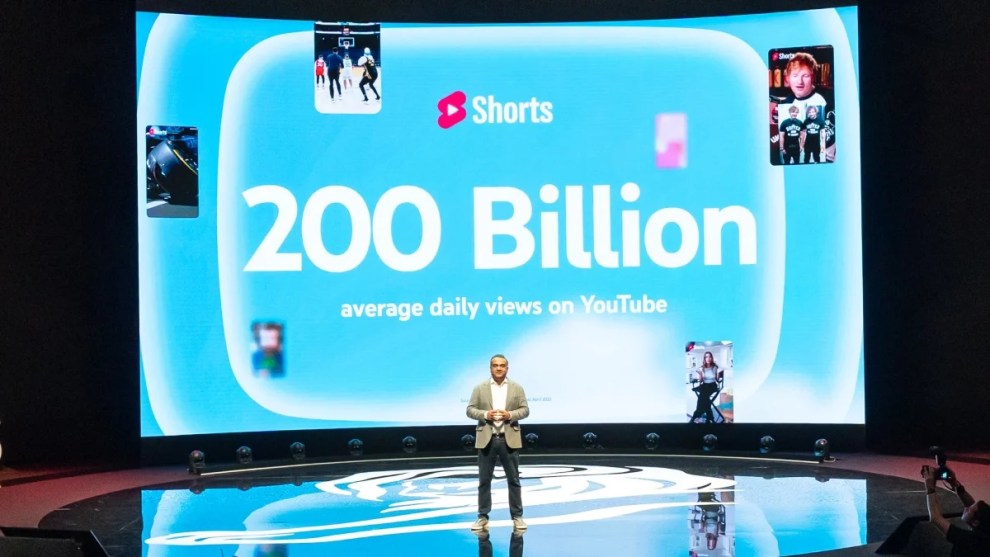
Leave a Reply